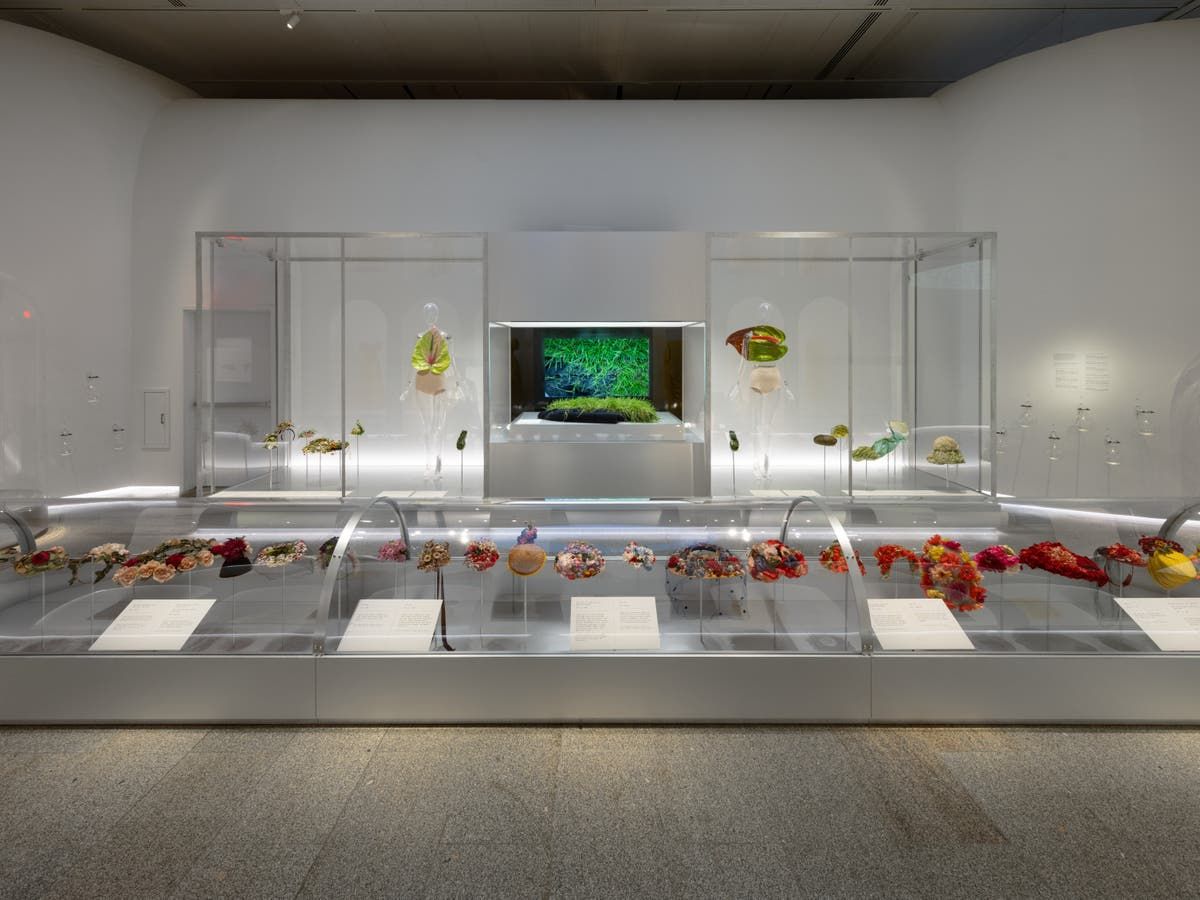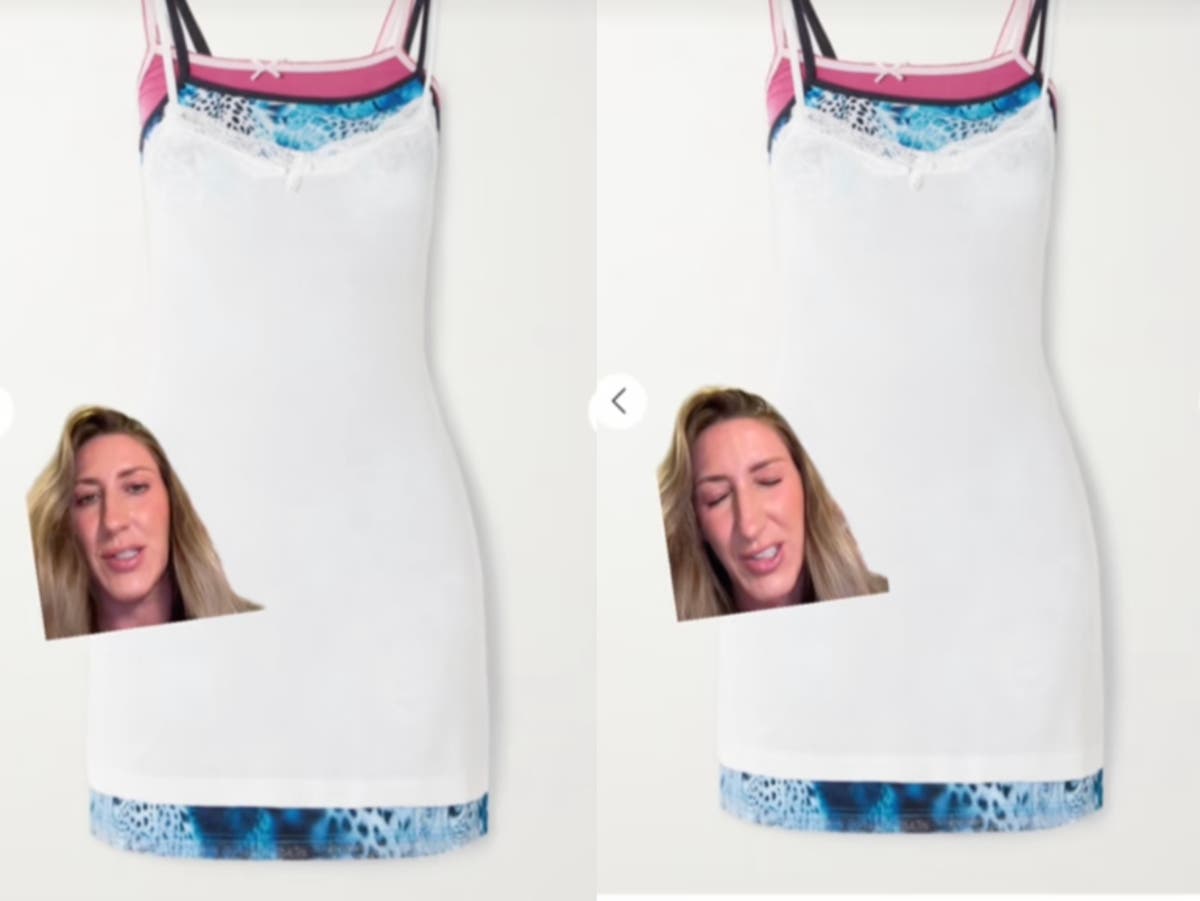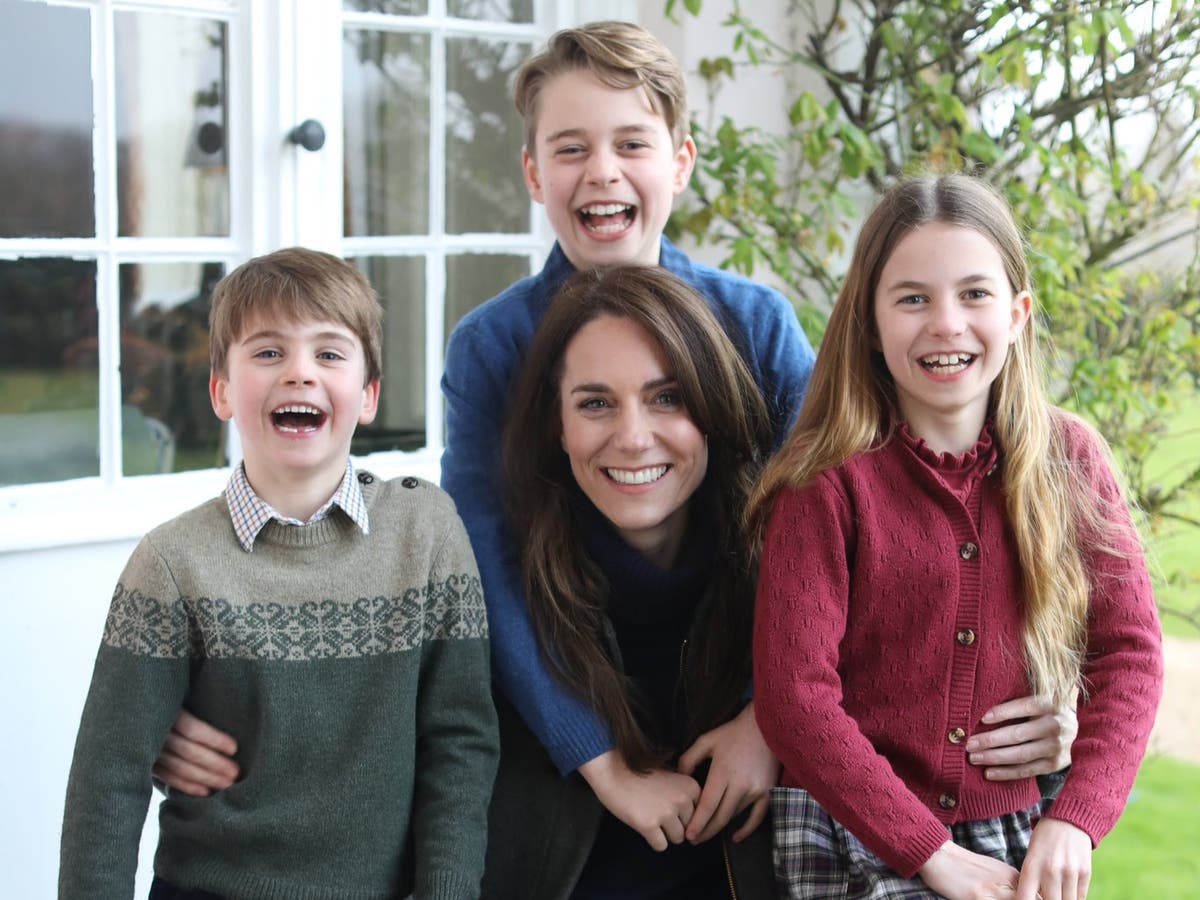W.hen Andrew Bolton, chief curator of The Costume Institute, thanked his colleagues for voluntarily helping him explore and replicate the scent molecules of garments in his permanent collection during his opening remarks at the exhibition “Sleeping Beauties: The Awakening of Fashion ” of 2024, I was intrigued. I instantly imagined them all huddled together, sniffing clothes and drawing conclusions in a claustrophobic office. But Bolton's eloquent voice passed over him and he continued to the next point, leaving the mystery open for only the curious to discover at the exhibition, which opens to the public on May 10.
At first I thought the aromas (probably musty, musty, or acidic) were being examined for their own experimental interest. It never occurred to me that these fragrances would be pumped through plastic tubes, climbing the edges of covered casings and filling the bottom of round glasses in sections of the display to emulate a scent that was intentionally placed by the designer. And I certainly never imagined I'd be tempted to inhale little whiffs of them, like molecules found in stale beauty products. However, he was because he could. But the bad was also mixed with pleasant breaths of menthol and soft notes of rose.
Inside the Metropolitan Museum of Art's Tisch Galleries is an interactive testing lab that animates 250 garments while driving an experience far beyond that of a typical exhibition. Being a passive observer in “Sleeping Beauties: Fashion Awakens” is not an option. Here, under the guidance of Bolton and his team, and in partnership with Opening AI, a multi-sensory adventure catapults visitors into active roles, delighting in the rebirth of garments, even those that may never be worn again, through its own fibers. Carefully crafted sensory components (smell, feel and sound) are revealed alongside motifs that fit within three natural landscapes: land, air and water.
From the hand-painted silk Robe à l'anglaise to the 3D printing used to suspend pink roses on a terrarium-style skirt by Jun Takahasi for Undercover's spring/summer 2024 collection, centuries of irrevocable designs and their subsequent techniques are featured. Most are secured in forms, but the fragile and fragmented ones are physically buried. The latent ones (50 to be specific) are reimagined through video animations or placed safely inside futuristic transparent coffins.
A 2014 House of Dior black silk faille dress by Raf Simmons, embroidered with different chapters, is displayed along a wall covered in the exact texture and a mini replica. Visitors are invited to “feel the flowers” to feel what the original fabric is like, satisfying the temptation to touch what is normally prohibited. Meanwhile, the movement of garments, like Francesco Risso's spring/summer 2024 multicolored polychrome tin flower ensemble, is imagined in hazy sounds played through surrounding speakers.
Projections of shadowed swallows flutter against a blue ceiling on Alexander McQueen's spring/summer 1995 orange wool jacket with the same bird painted on the shoulders, sleeves and fitted body. Aside from the design's natural link to the sky, the “Birds” gallery, like the rest of “Sleeping Beauties: Reawakening Fashion,” prompts conversations about environmental preservation with historical context about how the industry responded. These actions have both threatened and honored species, and are used in fabric making to encapsulate the qualities of fashion's greatest performers, as seen in Sarah Burton's famous monarch butterfly dress made as an ode to her predecessor. .
Loewe's incubator, complete with a grass-sprouted jacket, matching heels, and Jonathan Anderson's leafy shirt, imbues the connection of a creative who plays with animated silhouettes, proving that even the most whimsically inventive take environmental cues.
To enter The Costume Institute's new spring exhibition is to enter a garment and become not only its wearer but a component of its overall composition. We often forget our inherent ability to bring life to a piece of clothing, losing sight of how a piece shapes not only our bodies, but also our people. We don't always consider how each thread and component is constructed in the hope that this is the case.
While innovative additives allow visitors to build an intimate connection that typically only occurs when we wear a piece of clothing, each design still feels alive even in its stationary form. Perhaps it is the awareness of value that abounds in the showrooms, the omnipresence of unparalleled treasures, but you forget that garments cannot walk on their own and you remember that fashion is living art.












